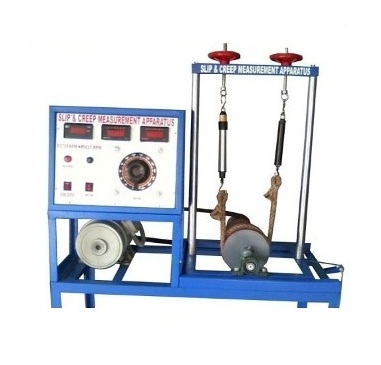
Define mechanism in theory of machine lab!
In a theory of machine lab, there are different mechanisms involved. A mechanism is that which is a combination of many restraining bodies or rigid ones which are connected so that they can move upon others so that there is a definite relative motion.
Now what is theory of machines?
This subject can be defined as that branch of Engineering which primarily deals with various studies of relative motion. This is a very important subject for those who are undergoing the training in core engineering courses like mechanical engineering, mechatronics and automobile engineering.
One small example about a mechanism is when you use it in the internal combustion.
Another simple example of a mechanism is a see-saw. You see that motion is going on very evenly or transfer smoothly. As long as there is an equal amount of force on both the ends of the see saw, then you can call it as a mechanism.
Another example of a mechanism can be a lever. The direction, the strength, and whatever movement the lever is controlling all comes under mechanism.
Another thing about this phenomenon is it is a small part of the larger process. It can be an entire machines or it can be a small part of an entire machine. So, you should know that various mechanisms are machines.
Now, what does any mechanism generally have?
They are made of gear trains or gears, belt or chain driver, linkages, cam and followers, friction devices like the brakes and clutches and other machine parts such as splines, pins, keys etc. You may also have a frame to build the mechanism and other key objects such as fasteners, bearings, springs and lubricants.
Thus, we can softly put this mechanism as a device which changes the input forces and the movement of the forces into the output we desire.